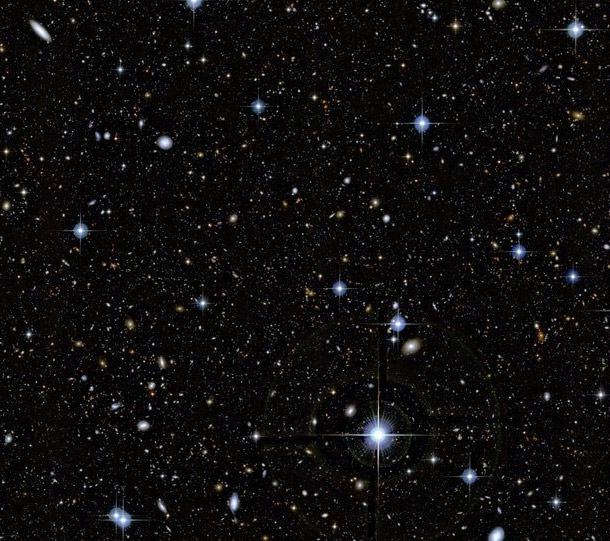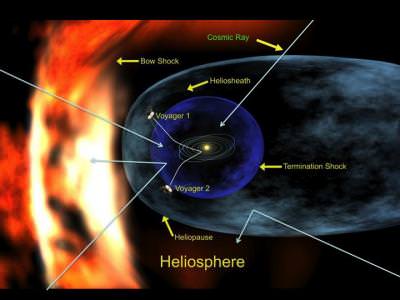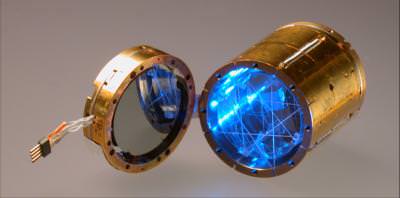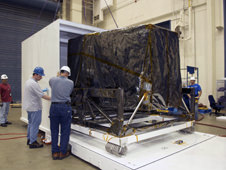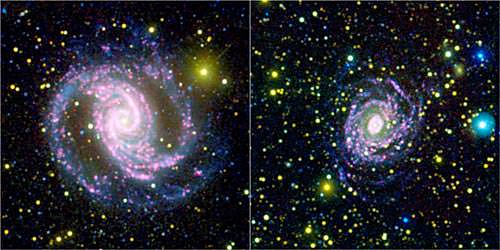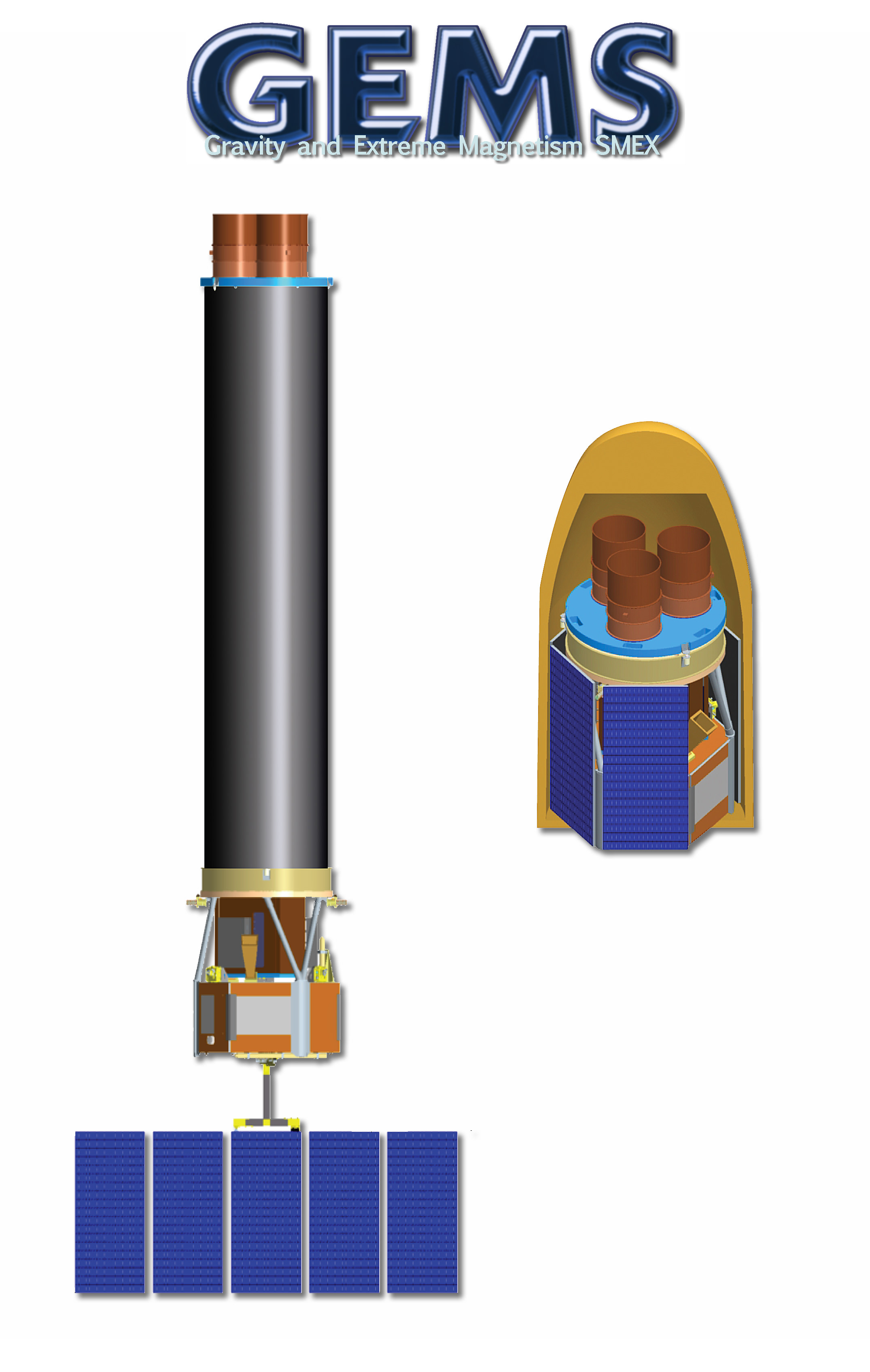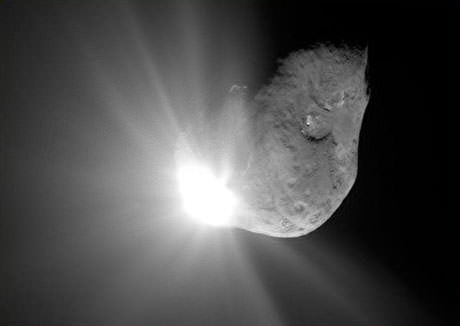[/caption]
It doesn’t emit electromagnetic radiation and no one really knows what it is, but that hasn’t stopped a team of European researchers from developing a device which scientists will use to detect and determine the nature of the dark matter that makes up 1/4 of the mass of our universe.
The researchers from the University of Zaragoza (UNIZAR) and the Institut d’Astrophysique Spatiale (IAS, in France), made assumptions about the nature of dark matter based on theoretical studies, and developed device called a “scintillating bolometer” to detect the result of interaction of dark matter with material inside the detector.
“One of the biggest challenges in Physics today is to discover the true nature of dark matter, which cannot be directly observed – even though it seems to make up one-quarter of the matter of the Universe. So we have to attempt to detect it using prototypes such as the one we have developed”, Eduardo García Abancéns, a researcher from the UNIZAR’s Laboratory of Nuclear Physics and Astroparticles, tells SINC.
García Abancéns is one of the scientists working on the ROSEBUD project (an acronym for Rare Objects SEarch with Bolometers UndergrounD), an international collaborative initiative between the Institut d’Astrophysique Spatiale (CNRS-University of Paris-South, in France) and the University of Zaragoza, which is focusing on hunting for dark matter in the Milky Way.
The scientists have been working for the past decade on this mission at the Canfranc Underground Laboratory, in Huesca, where they have developed various cryogenic detectors (which operate at temperatures close to absolute zero: ?273.15 °C). The latest is a “scintillating bolometer”, a 46-gram device that, in this case, contains a crystal “scintillator”, made up of bismuth, germinate and oxygen (BGO: Bi4Ge3O12), which acts as a dark matter detector.
Naturally, to build any type of dark matter detector, the researchers had to make some assumptions about the nature of the dark matter itself. The detection technique developed by the researchers is based on a number of theoretical studies which point to particles called WIMPs (Weakly Interacting Massive Particles) as the main constituent of dark matter.
“This detection technique is based on the simultaneous measurement of the light and heat produced by the interaction between the detector and the hypothetical WIMPs which, according to various theoretical models, explain the existence of dark matter”, explains García Abancéns.
The researcher explains that the difference in the scintillation of the various particles enables this method to differentiate between the signals that the WIMPs would produce and others produced by various elements of background radiation (such as alpha, beta or gamma particles).
In order to measure the miniscule amount of heat produced, the detector must be cooled to temperatures close to absolute zero, and a cryogenic facility, reinforced with lead and polyethylene bricks and protected from cosmic radiation as it housed under the Tobazo mountain, has been installed at the Canfranc underground laboratory.
“The new scintillating bolometer has performed excellently, proving its viability as a detector in experiments to look for dark matter, and also as a gamma spectrometer (a device that measures this type of radiation) to monitor background radiation in these experiments”, says García Abancéns.
The scintillating bolometer is currently at the Orsay University Centre in France, where the team is working to optimise the device’s light gathering, and carrying out trials with other BGO crystals.
This study, published recently in the journal Optical Materials, is part of the European EURECA project (European Underground Rare Event Calorimeter Array). This initiative, in which 16 European institutions are taking part (including the University of Zaragoza and the IAS), aims to construct a one-tonne cryogenic detector and use it over the next decade to hunt for the dark matter of the Universe.
Source: FECYT (Spain)

